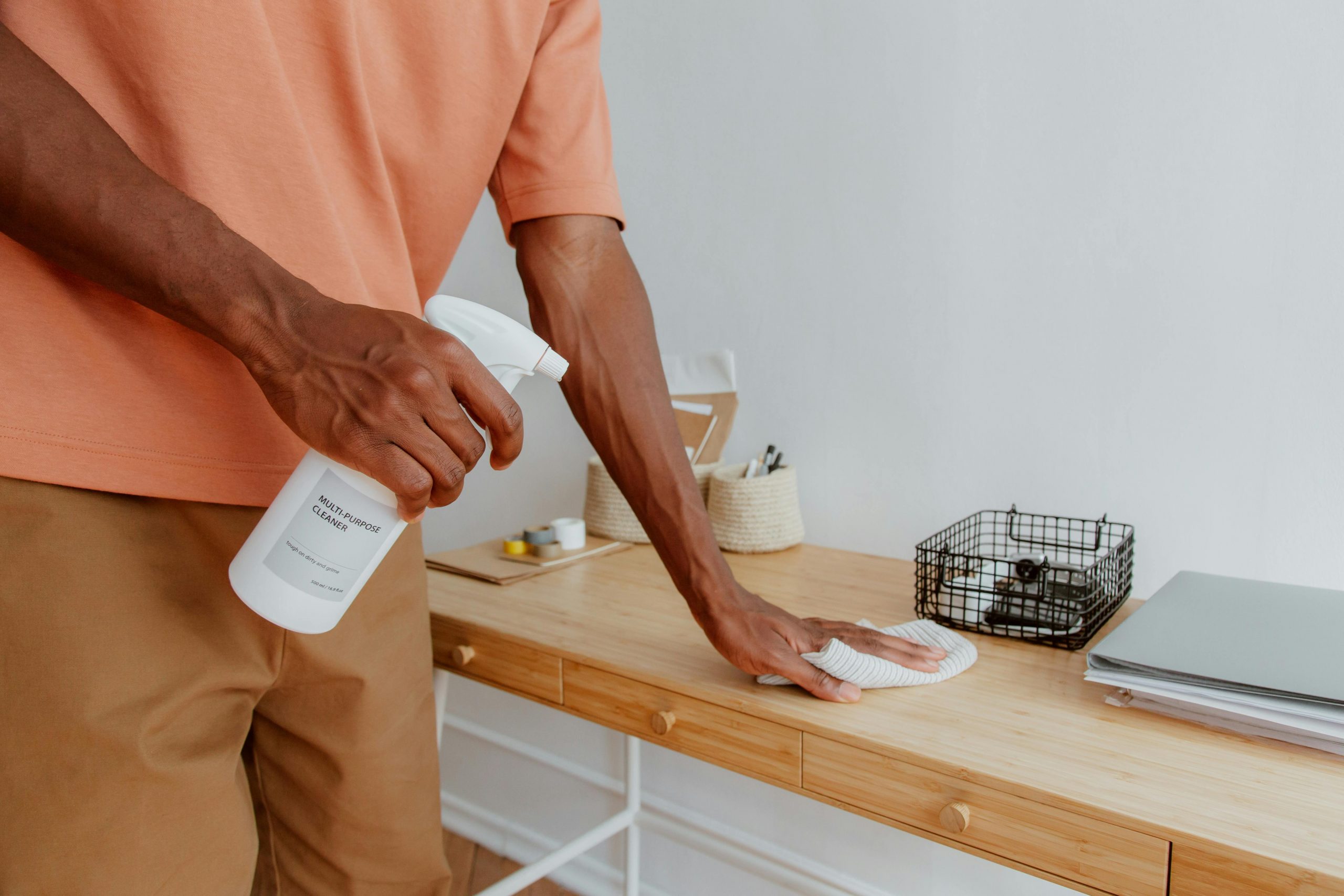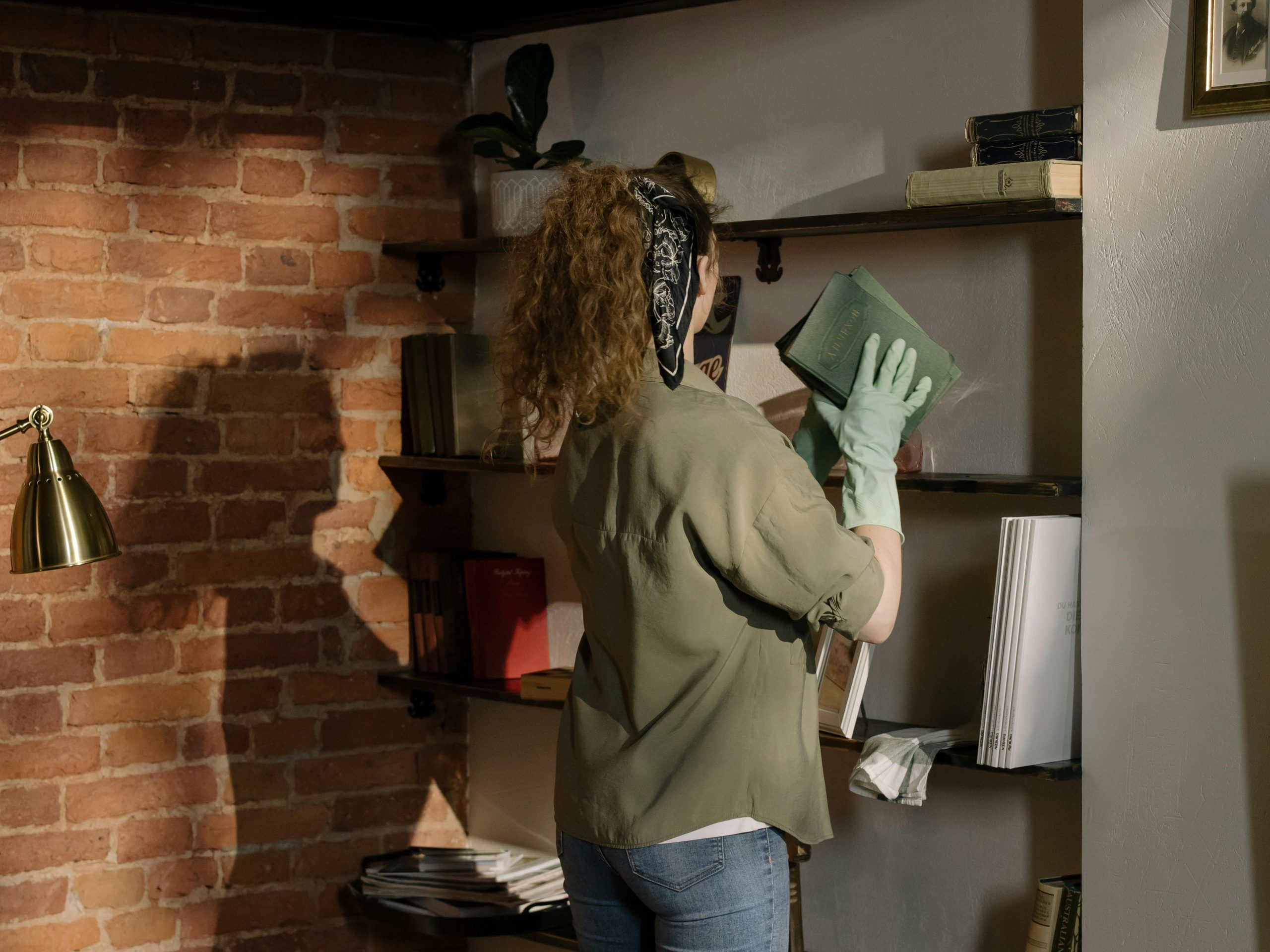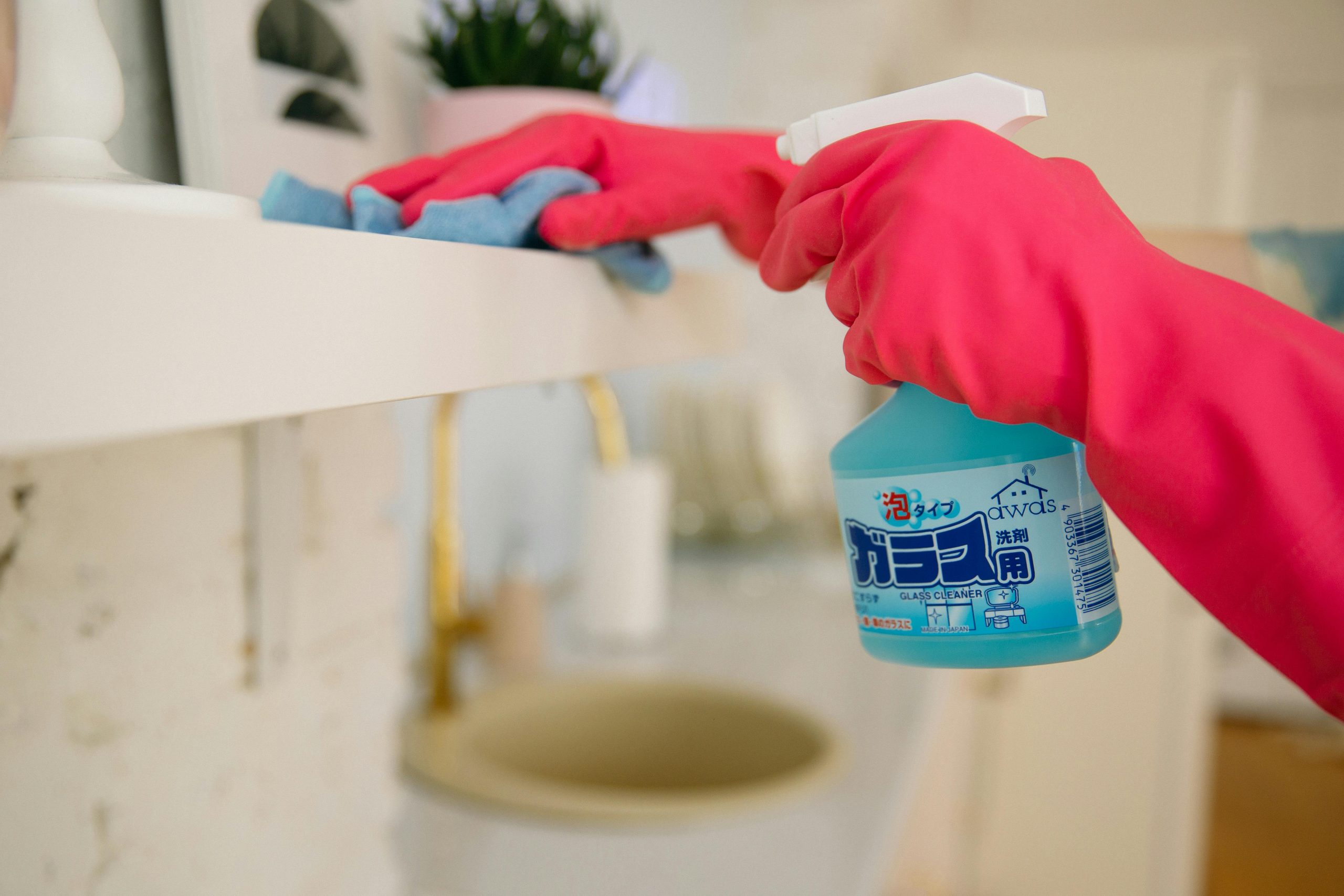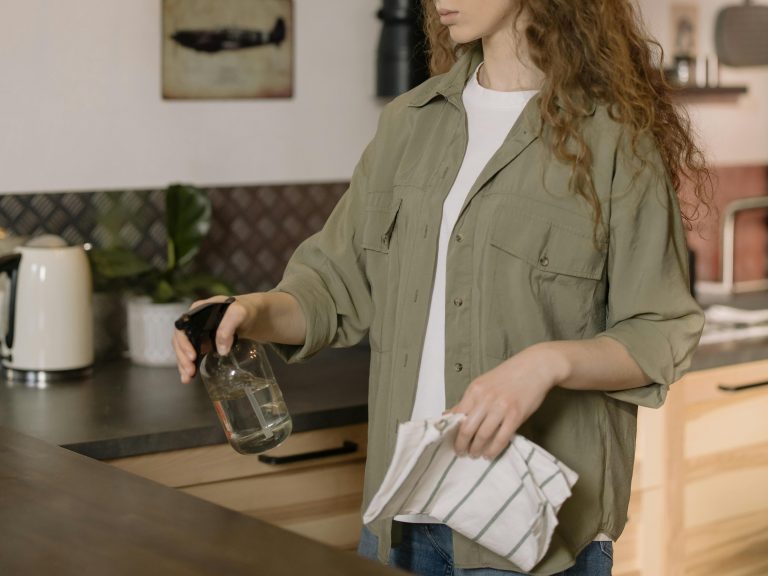

If your house smells musty but you can’t find any mold, you’re not alone. Many people notice that earthy, damp smell even when there’s no visible mold growing on walls, ceilings, or floors. The good news? Just because you don’t see mold doesn’t mean you can’t get rid of the smell—and prevent it from coming back.
In this guide, we’ll explain why your home might smell musty even without mold, where to check for hidden problems, and how to fix the issue for good.
What Does a Musty Smell Mean?
A musty smell usually means there’s extra moisture somewhere in your home. Mold and mildew thrive in damp areas, but other things can also give off that old, stale scent. Some common sources of musty odors include:
- Damp fabrics or carpets
- Poor ventilation
- Old HVAC filters
- Humid air with no airflow
- Forgotten water leaks
Just because you don’t see mold doesn’t mean your nose is wrong. The smell could be a sign of hidden moisture problems, or other materials like dust, mildew, or old air filters collecting bacteria and odors.
Common Causes of a Musty Smell Without Visible Mold
Here are the top reasons your house might smell musty even if you don’t see any mold:
1. High Humidity Indoors
Humidity above 60% can create a musty odor, especially in closed rooms like basements or closets. Moist air can settle into fabrics, furniture, or carpets and make them smell bad—even without mold growth.
Solution: Use a dehumidifier and aim for a humidity level between 30%–50%. Keep windows open when weather allows to encourage airflow.
2. Hidden Moisture or Water Damage
Leaks behind walls, under sinks, or near appliances can go unnoticed for weeks or even months. This creates damp areas that may not have visible mold but can still smell musty.
Solution: Check under cabinets, around baseboards, and near your water heater or washing machine. Look for warped wood, bubbling paint, or soft spots in drywall. Use a moisture meter if needed.
3. Damp Carpets or Rugs
Carpets and rugs can trap moisture from spills, wet shoes, or high humidity. Even after drying on the surface, they may still hold moisture deep in the fibers.
Solution: Vacuum regularly and use a carpet cleaner to deep-clean old rugs. If the smell continues, try steam cleaning or replacing the carpet padding.
4. Clogged or Dirty HVAC System
Your air conditioner, furnace, or ducts can collect dust, bacteria, and moisture. Over time, this can produce a musty smell, especially if the filters haven’t been changed recently.
Solution: Replace HVAC filters every 1–3 months. Have your system inspected and cleaned by a professional at least once a year. Make sure ducts aren’t clogged with debris or moisture.
5. Poor Ventilation
If air isn’t moving through your home, it can feel stuffy and smell stale. Areas like closets, basements, attics, and unused rooms are common problem spots.
Solution: Open windows regularly and use exhaust fans in bathrooms, kitchens, and laundry rooms. Consider adding fans or vents to improve airflow.
6. Old Fabrics and Upholstery
Old furniture, curtains, or blankets can hold onto moisture and odors for years—especially in homes that have been closed up or not well-ventilated.
Solution: Wash or steam-clean fabrics. If the odor remains, consider replacing items that are holding onto smells.
Where to Check for Hidden Odors
If the musty smell won’t go away and you can’t find the source, it’s time to look deeper. Here are areas to check:
Attic
Look for signs of roof leaks, poor ventilation, or soaked insulation. A wet attic may not show mold right away, but it can still smell musty.
Basement
Even if the basement looks clean, moisture in the foundation or floor can cause a persistent smell. Use a dehumidifier and check for damp corners or condensation.
Bathroom
Even without mold on the walls, water may have seeped behind tiles, under the tub, or into the vanity.
Laundry Room
Front-load washers can grow mildew in the rubber gasket around the door. Also check for leaks behind the washer or damp lint buildup in the dryer vent.
Closets
Musty closets are often caused by damp clothes, poor airflow, or crowded storage. Don’t overlook gym bags or damp shoes.
How to Get Rid of a Musty Smell
You’ve ruled out mold—but your home still smells bad. Here’s how to get rid of that musty smell once and for all:
1. Use a Dehumidifier
Reducing moisture is the first step. A dehumidifier removes water from the air and helps stop that damp, musty feeling. Empty and clean it regularly for best results.
2. Clean Surfaces Thoroughly
Wipe down walls, floors, and furniture using a vinegar-water mix or a gentle all-purpose cleaner. Pay attention to corners, trim, and behind furniture where dust and moisture hide.
3. Freshen Up Upholstery
Vacuum couches, rugs, and curtains. Sprinkle baking soda on soft surfaces to absorb odors, then vacuum again after a few hours.
4. Replace HVAC Filters
Old air filters can collect dust and bacteria that cause bad smells. Replace them often, especially if you’ve been dealing with musty air.
5. Let in Fresh Air
Sometimes all it takes is opening windows and letting fresh air circulate. Air out your home at least once a week if weather permits.
6. Use Odor Absorbers
Place bowls of baking soda, activated charcoal, or coffee grounds in smelly areas. These can absorb musty odors naturally.
7. Try an Air Purifier
HEPA air purifiers help trap mold spores, dust, and odors in the air. Use one in high-traffic rooms or areas with poor ventilation.
What If It Still Smells Musty?
If you’ve cleaned everything, used dehumidifiers, and aired out the house—but the musty smell remains—it’s time to bring in help.
A professional home inspector or indoor air quality expert can use tools to find hidden moisture or mold. Sometimes the smell is caused by minor mold growth hidden behind drywall or under floors.
Even if you can’t see mold, it may still be present in small amounts. If you’re wondering how to get rid of mold smell, the answer often lies in tackling the root moisture issue and improving airflow.
Preventing Musty Smells Long Term
Once you get rid of the smell, here’s how to keep it from coming back:
- Keep humidity under 50% year-round with a dehumidifier.
- Fix leaks quickly, even small ones under sinks or appliances.
- Ventilate properly, especially in bathrooms, kitchens, and basements.
- Clean regularly, including under furniture and in corners.
- Store items smartly, using plastic bins instead of cardboard in damp areas.
- Air out fabrics like blankets, rugs, and cushions often.
- Service your HVAC system to keep it clean and running efficiently.
Final Thoughts
If your house smells musty but no mold is in sight, don’t panic. Musty odors are often caused by moisture, poor ventilation, or damp materials—not always visible mold. The key is to find the source of the smell, dry things out, and keep your home well-ventilated. With the right steps, you can get your house smelling clean and fresh again—without tearing apart your walls.
If you try everything and still can’t find relief, calling a professional may be the best way to solve the mystery and breathe easier at home.








